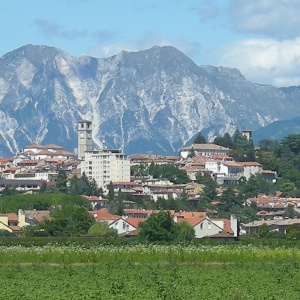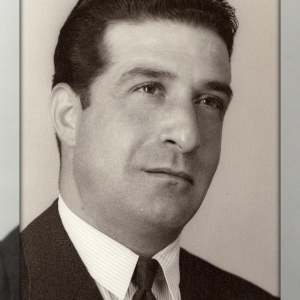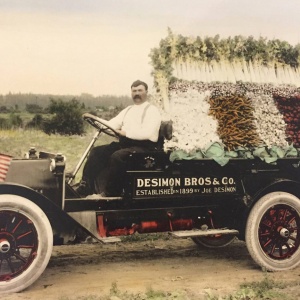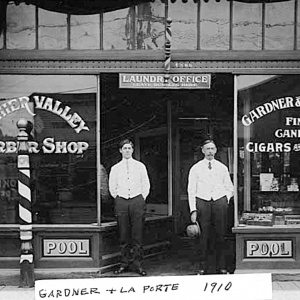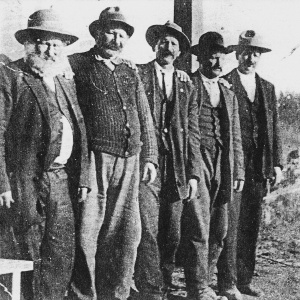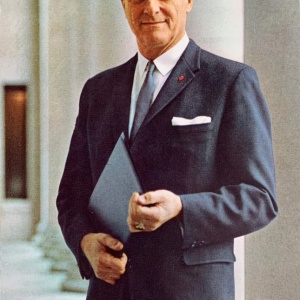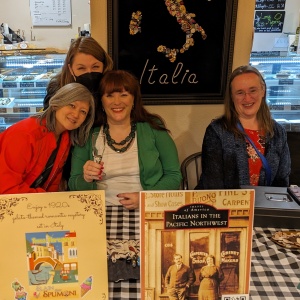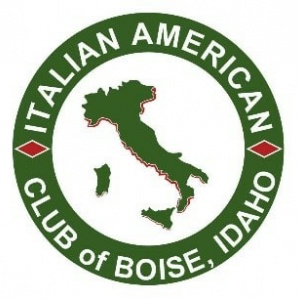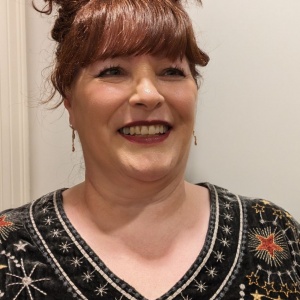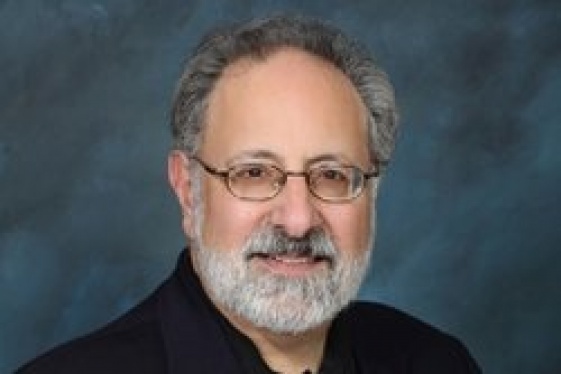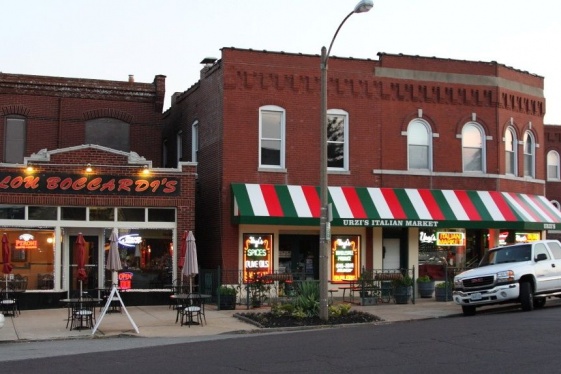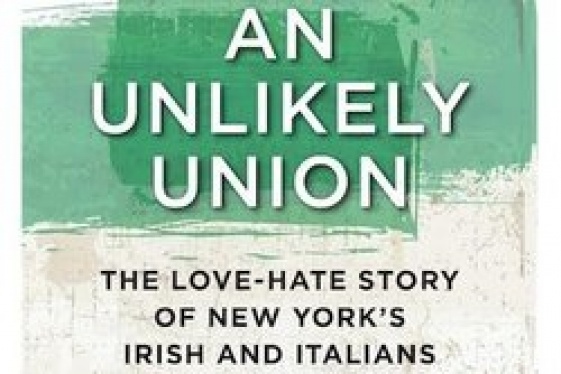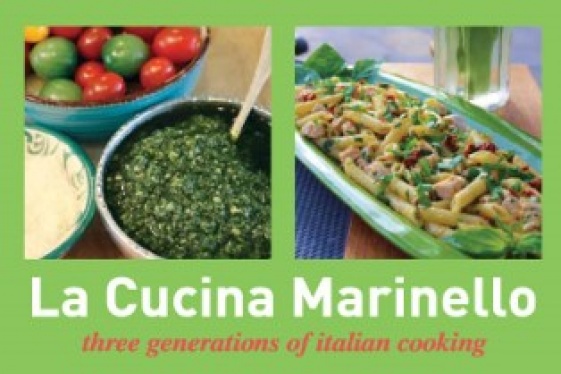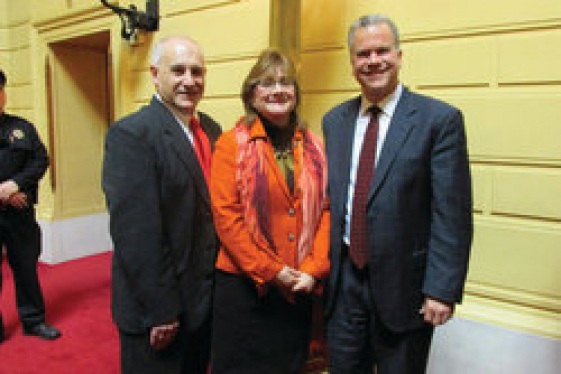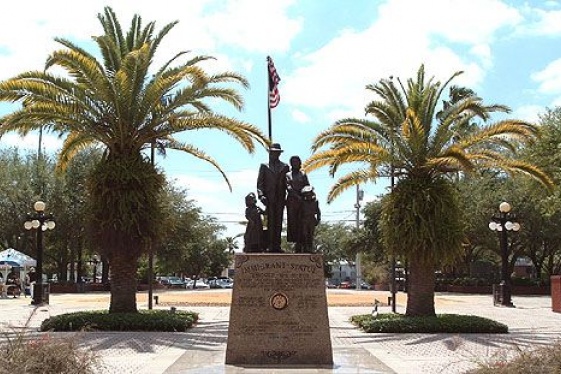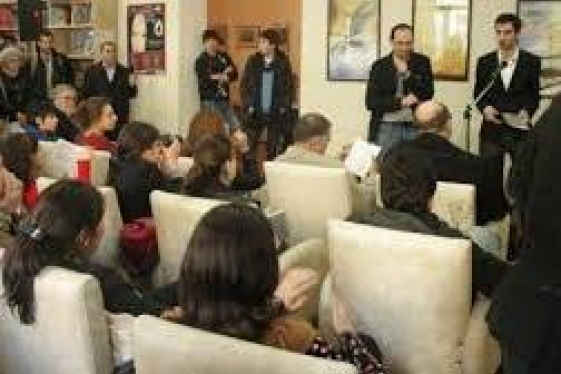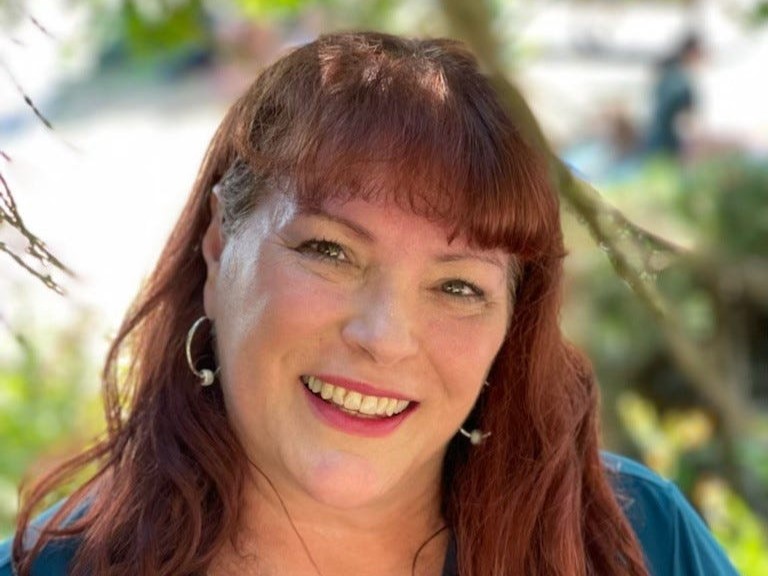
Tessa Floreano (Author of the book "Italians in the Pacific Northwest")
Andiamo a conoscere gli Italiani nel Nord Ovest del Pacifico

Let’s begin the new year of interviews by moving to one of the American territories farthest from Italy, the Northwest. The protagonists of the book written by Tessa Floreano are Idaho, Oregon and Washington, three states that are not among the best known in our country nor among those that have welcomed Italian emigrants the most.
But as we have often discovered in past years, there are stories and traces of Italy throughout the United States. The book "Italians in the Pacific Northwest" tells us just that, and we thank its author Tessa Floreano for being with us this January 2024.
Hi Tessa, welcome on We the Italians! First, as always in my interviews, I ask you to briefly tell about your Italian origins.
I have traced all four sets of grandparents back to the same northeastern town, San Daniele del Friuli, in Friuli-Venezia Giulia to the mid-1600s on my father’s side and early 1700s on my mother’s side. Both parents still have family that live there, though most of my father’s family emigrated to Canada in the 1950s.
Interestingly enough, there is a town, San Floriano del Collio about 6 KM northwest of Gorizia, near to our ancestral hometown in Friuli. The first time I visited it, I knew in my heart that our family has a deeper connection to the town, and I aim to do some more research there next time I am in Italy. As a long-time writer of history, I already have an idea for a historical story set there, so we shall see how it magically manifests in a future book.
How did you get the idea to author the book, Italians in the Pacific Northwest?
A friend who knows my love of Italian history, stories, and genealogy suggested I dig deep into my treasure trove of research I have conducted over the last five years or so and pitch a regional history publisher about documenting early Italians who settled in the area between 1880 and 1950. Besides realizing I would need many more first-person accounts, which meant in-person interviews and original photographs, I immediately felt the project would be a labor of love.
As a dual Italian-Canadian citizen, I am an immigrant myself. I moved to the United States 25 years ago to marry my husband and experienced a bit of an identity crisis -not an unusual occurrence for immigrants. I saw this book as a way to give back not only to the country that gave me the love of my life, but to honor the many Italian Americans who welcomed me here.
Many of the stories I heard from my family growing up - first in eastern Canada, and later, in Vancouver British Columbia - were mostly about northern Italians like us. Here in the United States, most Italian Americans trace their heritage through the Mezzogiorno, a region I did not know much about. The book gave me an opportunity to meet Italians from the South and learn more about different regions and rich cultural traditions that were outside my own upbringing.
Your book is about Italian communities in three states: Idaho, Oregon, Washington. I am asking you to help us learn more about places and business sectors that have featured our countrymen in each state. What are the most important people and businesses in Italian history in the three states?
Initially, heavy industry and manual labor jobs such as railroads, mining, mills, clay/brick manufacturing, lumber camps, road and building construction, and farming/homesteading, drew penniless, illiterate, non-skilled workers. Soon enough, these laborers became entrepreneurs. They dreamed and took advantage of new opportunities and set up small and medium sized businesses.
Restaurants, retail/wholesale grocers, bakers, pasta makers, and construction companies are the five industries that were the most prevalent throughout the period I focused on in the book. As I documented the stories, I was impressed by the ingenuity and perseverance I heard and viewed in family photos and memorabilia.
In the Seattle area, the Desimone family looms large. The patriarch that started it all was Giuseppe “Joe” Desimone. He was a major shareholder of Pike Place Market, the oldest continuously operated market in the United States. Names like Alfieri, Borracchini, DeLaurenti, Gai, Isernio, Merlino, Mottola, Oberto, and Vacca, were just some of the prominent businessmen that came out of Garlic Gulch - the area of Rainier Valley named after the large Italian diaspora.
In the Priest River valley of Idaho, the six Naccarato brothers founded the Italian Settlement with their vast land holdings and homesteads. Around the 1890s, the Great Northern Railroad drew the brothers to the area, and it was there where they honed their skills making railroad ties.
In Portland (OR), Salvatore Dindia started from humble beginnings as one of about 100 produce peddlers and went on to found Pioneer Fruit, the oldest continuous produce company in Portland still in operation today. Amato, Chiotti, Colasuonno, Corno, DeBenedetti, DeMartini, Gatto, Rossi, Simonatti, and Spada were some of the other produce sellers, bakers, and other businesses that had a significant impact on the early Portland Italian community.
In the book description, I read that “Italian pioneers in the Pacific Northwest also have a connection to Hemingway, Elvis, President Kennedy, Mother Cabrini, and the Loprinzis, the strongest family in America.". Can you tell me more about this?
I do not want to give it all away because their stories are in the book, but most people know that Elvis visited Seattle during the 1963 World’s Fair and filmed his movie, It Happened at the World’s Fair, in the city. What readers might not know is that Seattle’s then-mayor and fellow Italian, Albert Rosellini, suggested the city to the movie’s executives and they took him up on it.
Mother Cabrini, this country’s first U.S. citizen to be canonized a saint, had a significant impact on not only Seattle and its Italian residents, but Portland’s penitentiary inmates, too.
The Loprinzis were/are part of my research for a mystery series set in pre-WWII Portland so they were a natural and fun inclusion in my nonfiction book.
How is the situation of the Italian American community in the three states today?
Most of the Little Italy enclaves in the Pacific Northwest have been decimated by road construction projects and other modern developments or were eroded by later generations moving to the suburbs. However, there seems to be growing pockets of interest in providing a deeper connection to Italian heritage that include a mix of native Italians (old and newly immigrated) as well as second/third/fourth generation Italian Americans, which is invigorating.
The benevolent societies, social clubs, and Sons and Daughters of Italy lodges throughout the Pacific Northwest still draw multi-generational members that keep the culture alive through festivals, car shows, wine tasting events, Scopa and Tombola games, cooking classes, business associations, lectures, fundraisers, and other activities, including some for children.
In the Seattle area, all-ages members of the Italian community are flocking to the new-ish Casa Italiana Cultural Center where there are activities that appeal to a variety of interests. In Spokane, The American Italian Club is 50 years strong (and counting!) In Portland, there are many active organizations including the Italian Benvenuti Club. In Idaho, the Italian American Club of Boise is over 40 years old and still going.
My book has also sparked an early discussion with the Seattle-Perugia Sister City Association of an exhibition about the early settlers based on my book that would travel around the West Coast in the hope of educating younger Italians about their roots here.
Stay tuned for more information about its launch on my website, or sign up for my occasional newsletter, Tessa’s Tramblings.
You may be interested
-
'Phantom Limb': A Conversation With Dennis...
Dennis Palumbo is a thriller writer and psychotherapist in private practice. He's the auth...
-
“The Hill” St. Louis’ Little Italy
When the fire hydrants begin to look like Italian flags with green, red and white stripes,...
-
An Unlikely Union: The love-hate story of Ne...
Award-winning author and Brooklynite Paul Moses is back with a historic yet dazzling sto...
-
Former Montclair resident turns recipes into...
Former Montclair resident Linda Carman watched her father's dream roll off the presses thi...
-
Polisena delivers address as state lawmakers...
"Italian-Americans came to our country, and state, poor and proud," Johnston Mayor Joseph...
-
The “Little Italies” of Michigan
In doing reseach for this post, I was sure that Italian immigrants found their way to Detr...
-
Ybor City – Florida’s Little Italy
"The people who had lived for centuries in Sicilian villages perched on hilltops for prote...
-
''La Gente di Mulberry Street'' presentato a...
Valsinni- Italia, terra di emigranti. Presentato a Valsinni il nuovo saggio storico di Raf...






